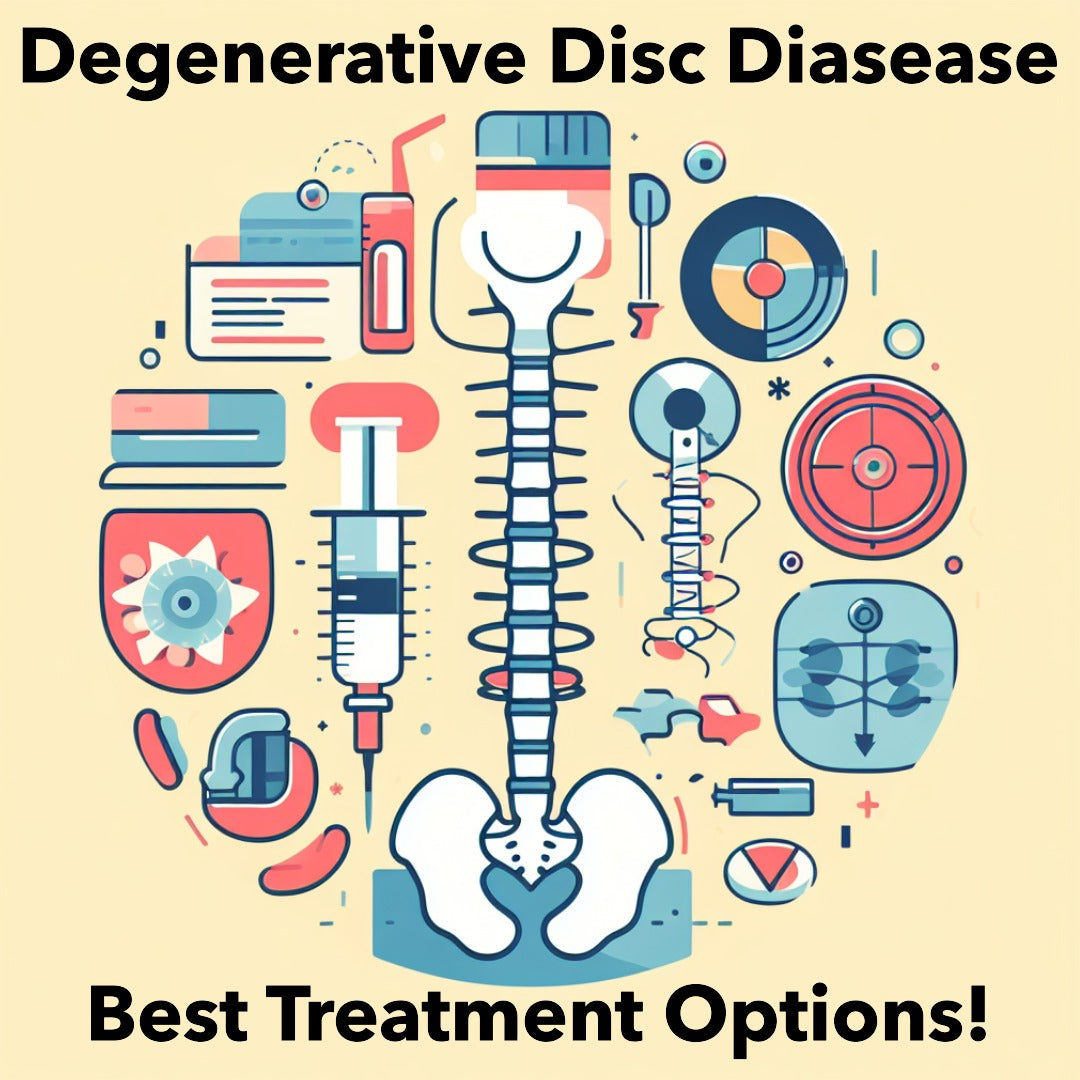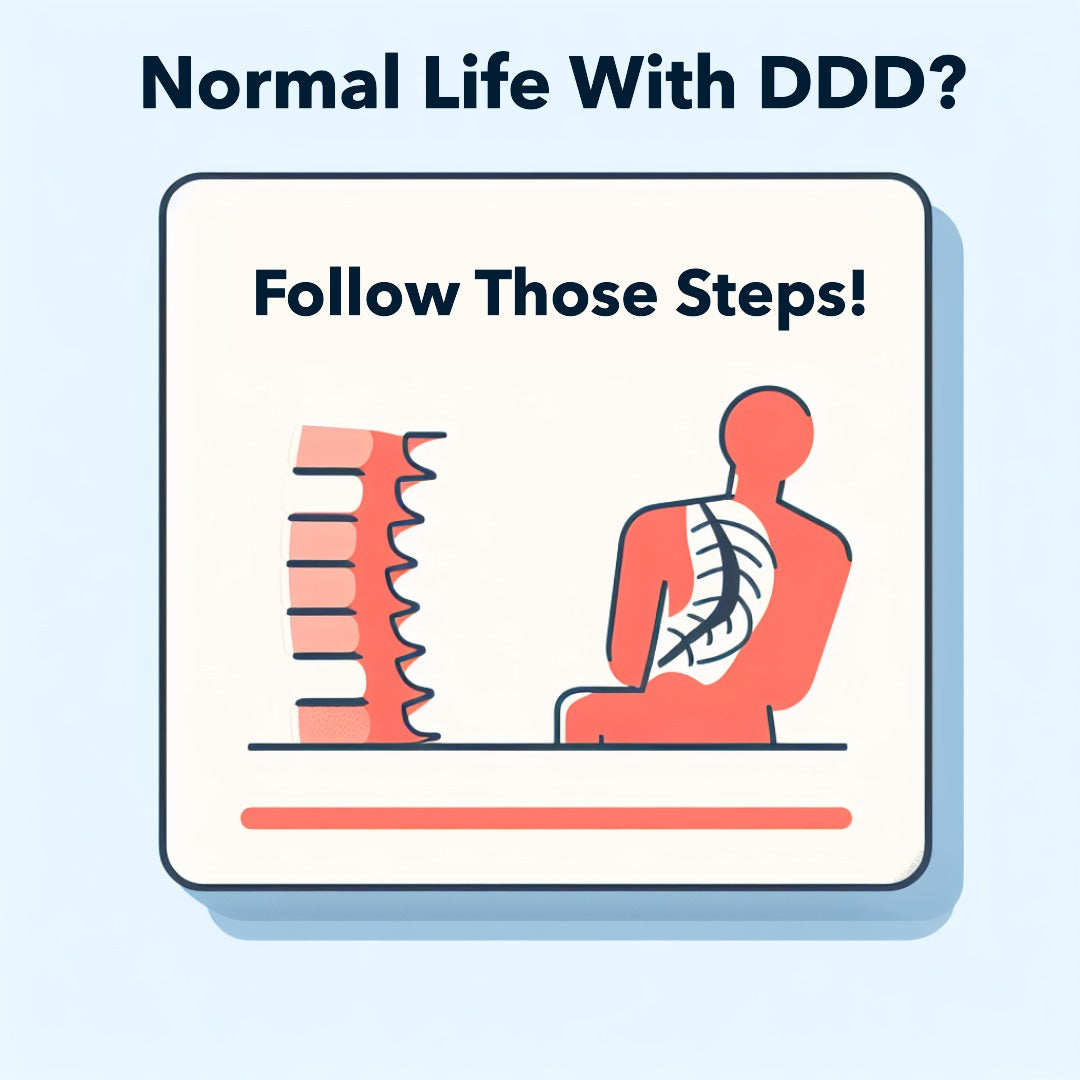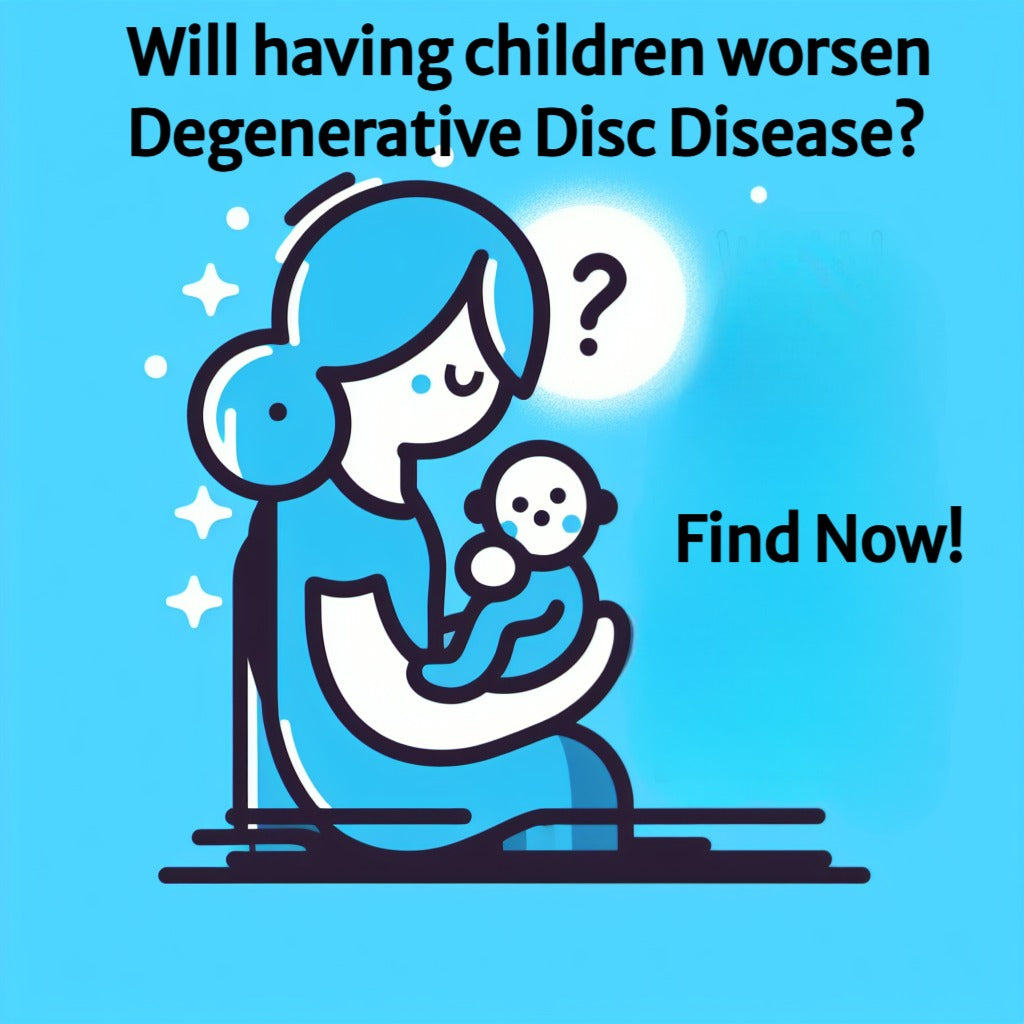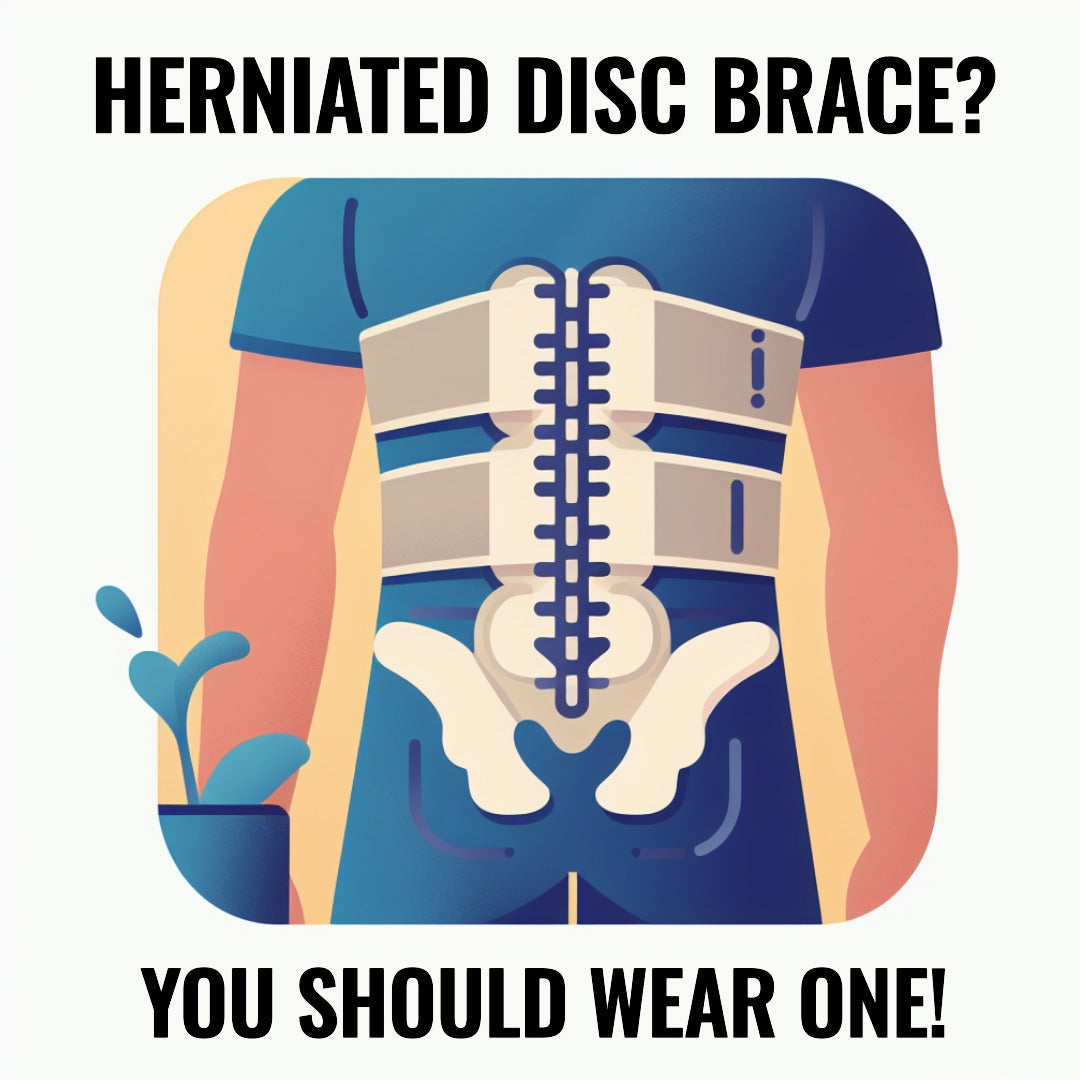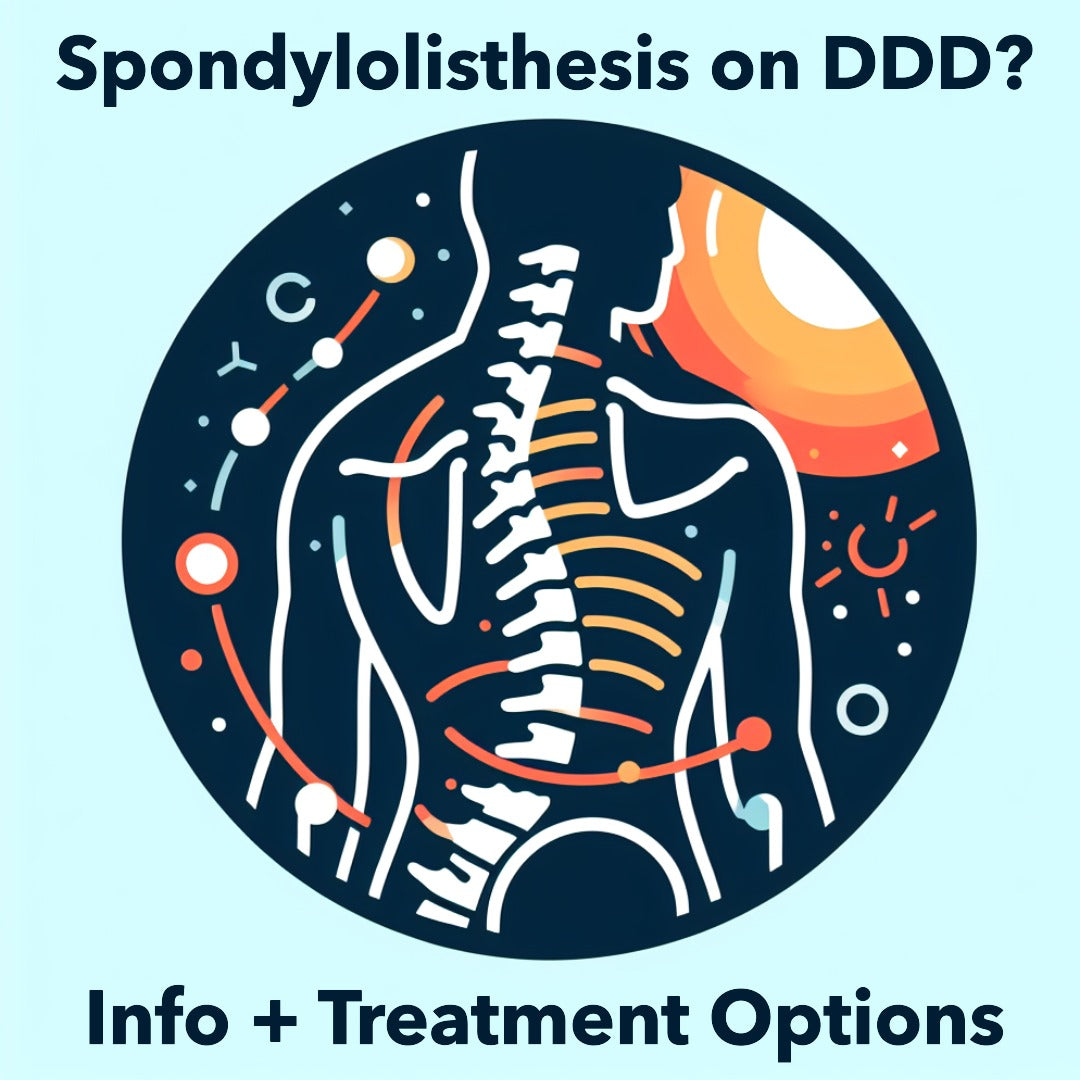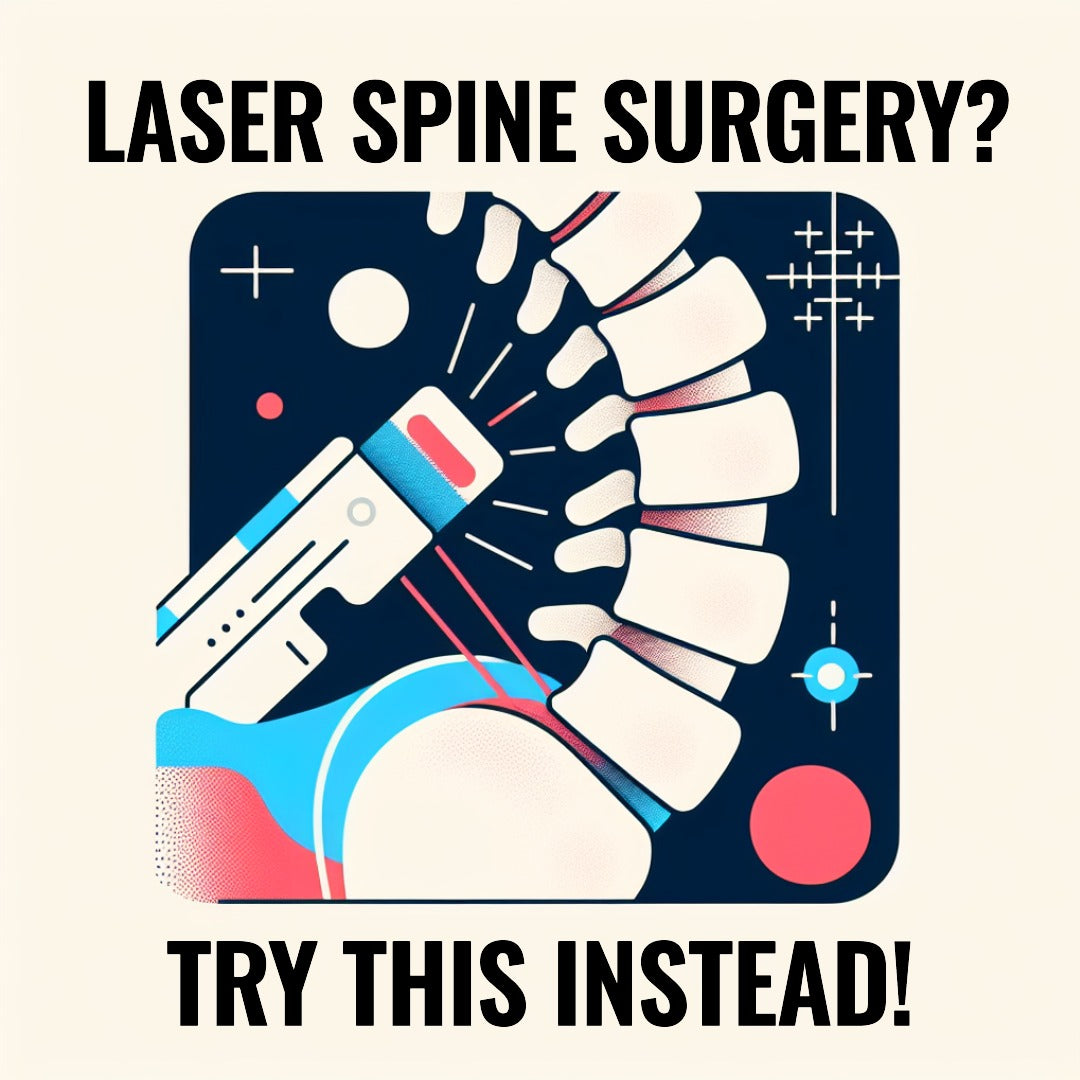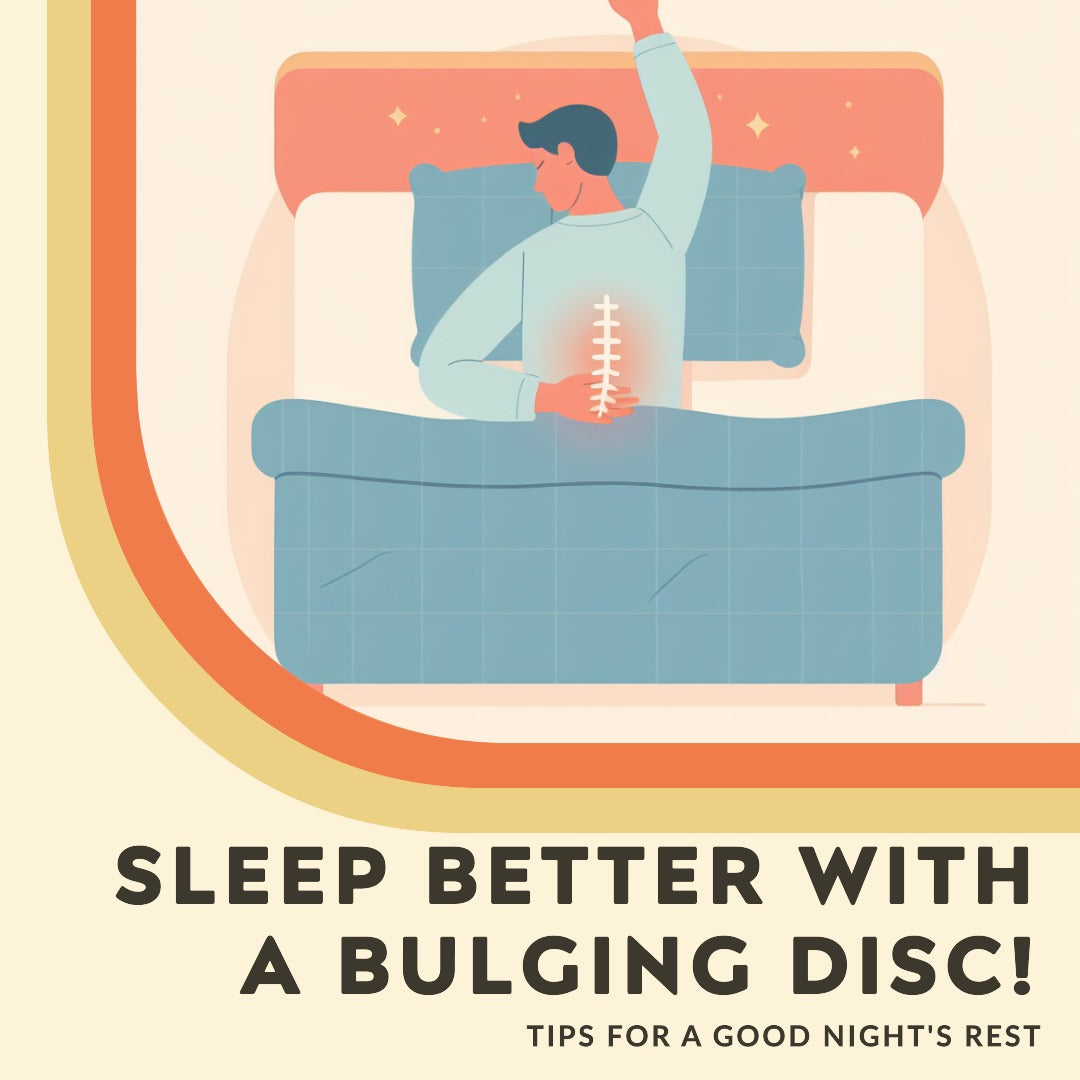
Spondylolisthesis Degenerative Disc Disease: About + Treatment Options
What's Inside This Article
1. What is Spondylolisthesis Degenerative Disc Disease?
Spondylolisthesis Degenerative Disc Disease is when the squishy bits between our bones in our back start to wear out. When this happens, one of the bones in our back can slip forward onto the bone below it. This can hurt a lot and make it hard for us to move.
2. How Does DDD Cause Spondylolisthesis?
Degenerative Disc Disease (DDD) is a big reason why spondylolisthesis happens. As we get older, the squishy bits in our back:
- Get shorter, like a squished marshmallow
- Get stiffer, like a dry sponge
- Start to dry out and get weaker, like old bread
This can make our back wobbly, which can lead to spondylolisthesis. As our back gets worse, the little ropes that hold our back together may start to buckle, which can squeeze the nerves.
3. How Do We Measure Spondylolisthesis and How Does It Affect Us?
How Do We Measure Spondylolisthesis?
We usually measure spondylolisthesis by how much one bone has slipped over the one below it. The amount of slippage can be a little bit or a lot, and the more the bone slips, the more it usually hurts.
How Does Spondylolisthesis Affect Us?
Spondylolisthesis can make our daily life hard and make us feel unhappy. It can cause pain in our lower back, which can get worse when we stand or walk. This can make it hard for us to do things every day and can make us feel sad.
4. How Can We Treat Spondylolisthesis?
What Are the Treatment Options for Spondylolisthesis?
There are many ways to treat spondylolisthesis, from non-surgical to surgical treatments. Non-surgical treatments often include rest, medication, and physical therapy. If these treatments don't work, surgery may be considered. Surgical treatments often involve relieving pressure on the squeezed spinal nerves.
One non-surgical treatment that has been getting more popular is the use of a decompression belt. This belt can help take off some of the weight, which may relieve pressure and help with the pain. You can find more information about the decompression belt here.
How Effective is Physical Therapy for Managing Spondylolisthesis Symptoms?
Physical therapy is often the first treatment recommended for managing symptoms of spondylolisthesis. Physical therapy can help strengthen the muscles in the stomach and back, which can help with the pain and improve movement.
5. How Can We Prevent Spondylolisthesis and What Happens in the Long Run?
How Can We Prevent Spondylolisthesis?
There are several ways to help lower the risk of spondylolisthesis happening again. These include keeping a healthy weight, avoiding activities that put too much strain on the back, and doing exercises regularly to strengthen the back and stomach muscles.
What Can Happen If Spondylolisthesis Is Not Treated?
If left untreated, spondylolisthesis can lead to several complications. These include chronic pain, nerve damage, and in severe cases, loss of bladder or bowel control. Therefore, it is very important to get treatment as soon as possible to prevent these potential complications.
What Is the Long-Term Outlook for Patients with Spondylolisthesis?
The long-term outlook for people with spondylolisthesis is generally good, especially when the condition is managed effectively with the right treatment. Most people feel a lot of relief from pain and can move better after treatment.


 Dr. Allan McManus,
Dr. Allan McManus,